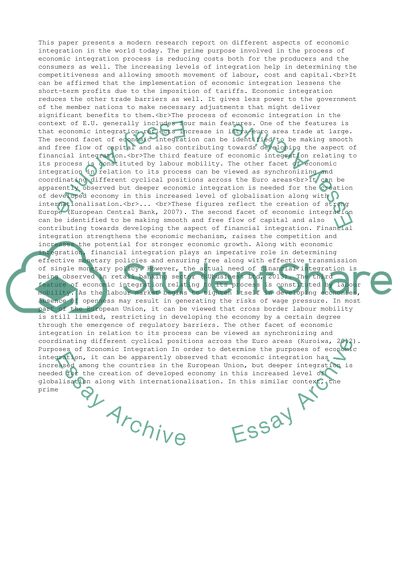Cite this document
(“Process of Economic Integration in the World Today Essay”, n.d.)
Retrieved from https://studentshare.org/business/1490363-process-of-economic-integration-in-the-world-today
Retrieved from https://studentshare.org/business/1490363-process-of-economic-integration-in-the-world-today
(Process of Economic Integration in the World Today Essay)
https://studentshare.org/business/1490363-process-of-economic-integration-in-the-world-today.
https://studentshare.org/business/1490363-process-of-economic-integration-in-the-world-today.
“Process of Economic Integration in the World Today Essay”, n.d. https://studentshare.org/business/1490363-process-of-economic-integration-in-the-world-today.


